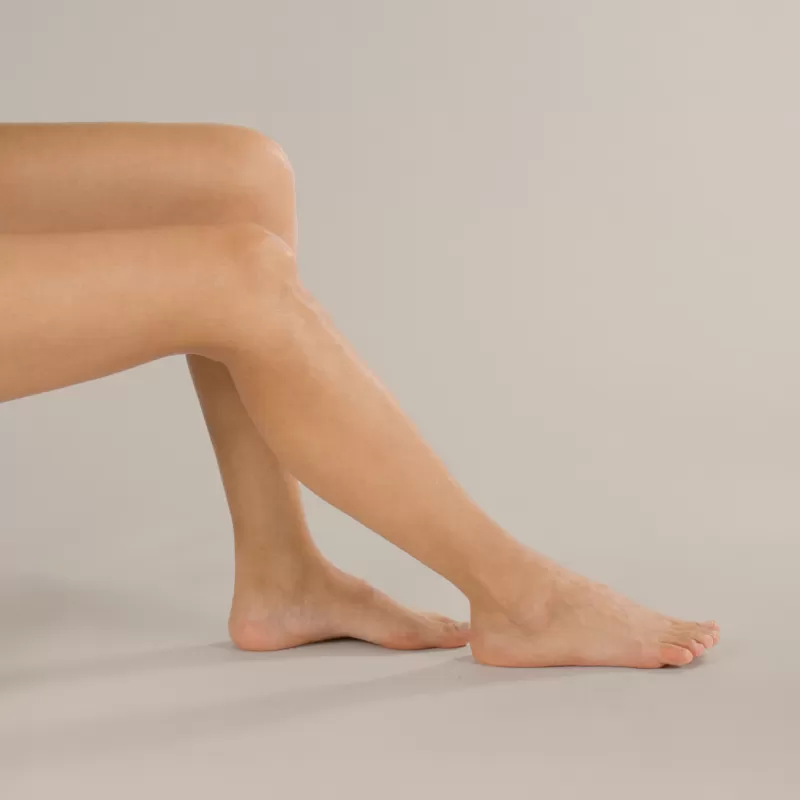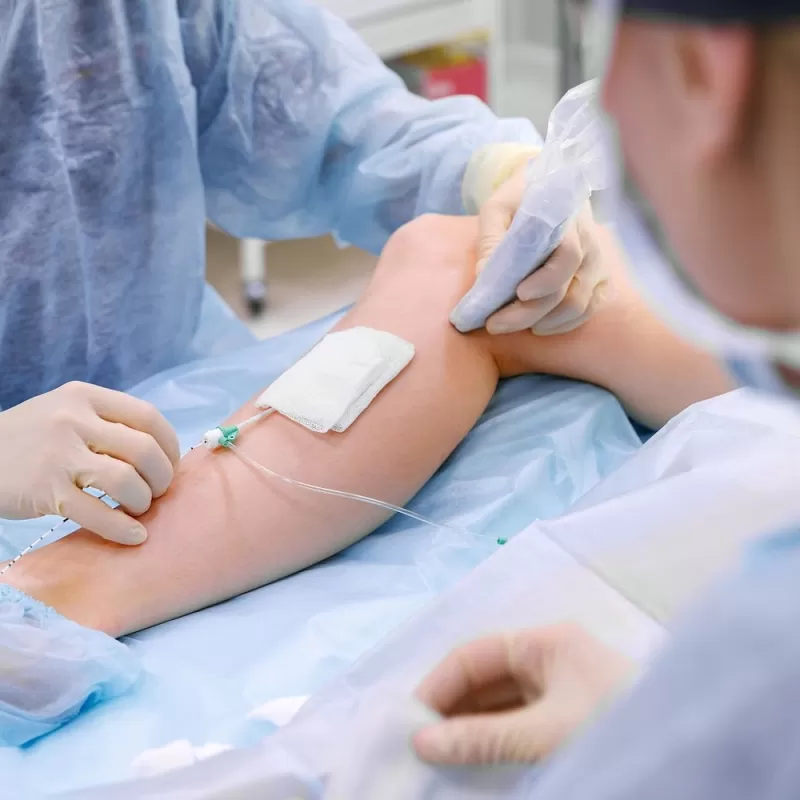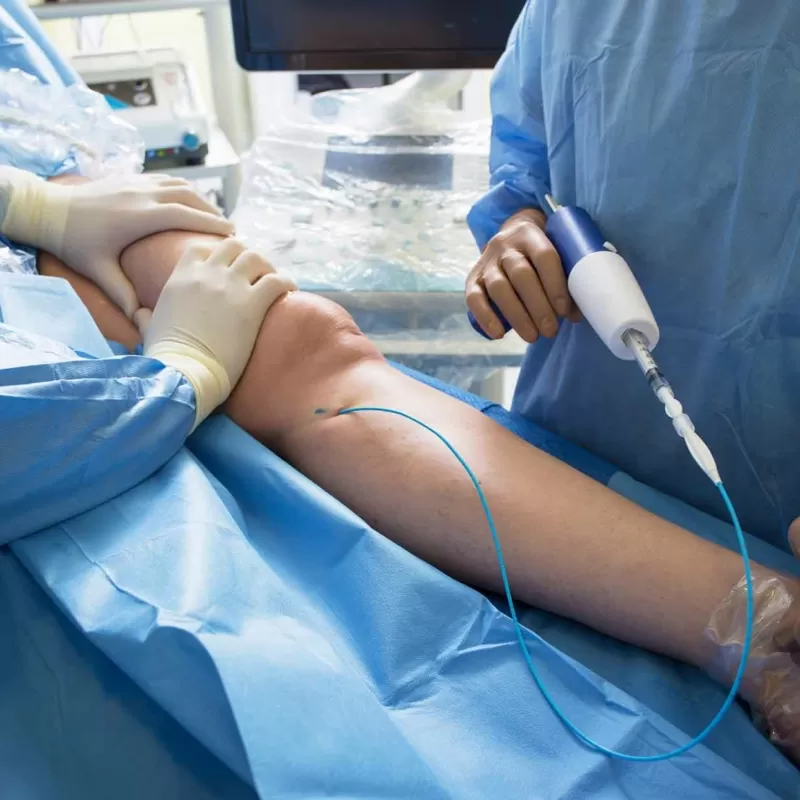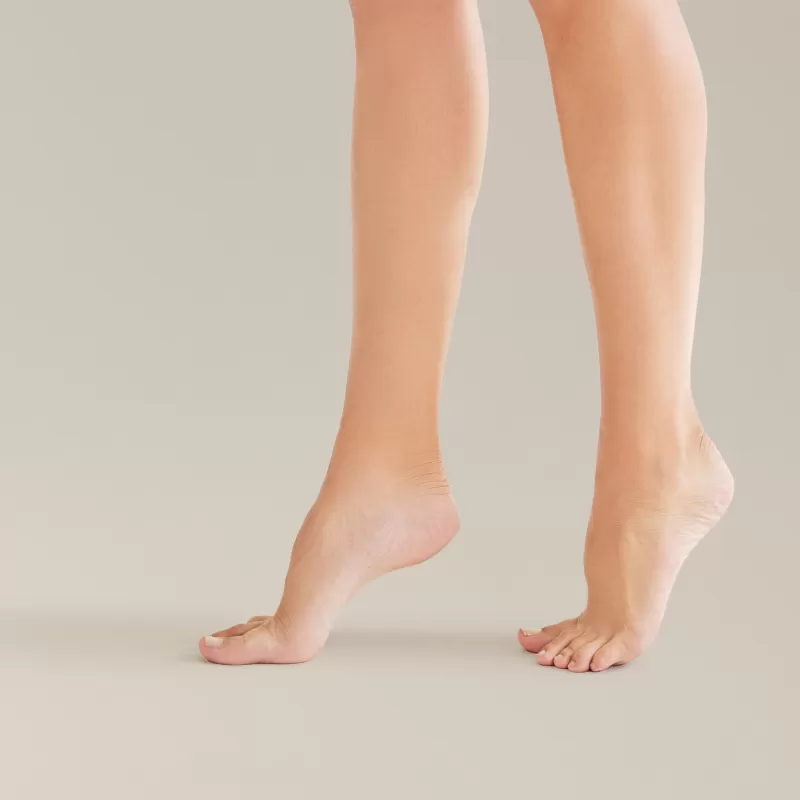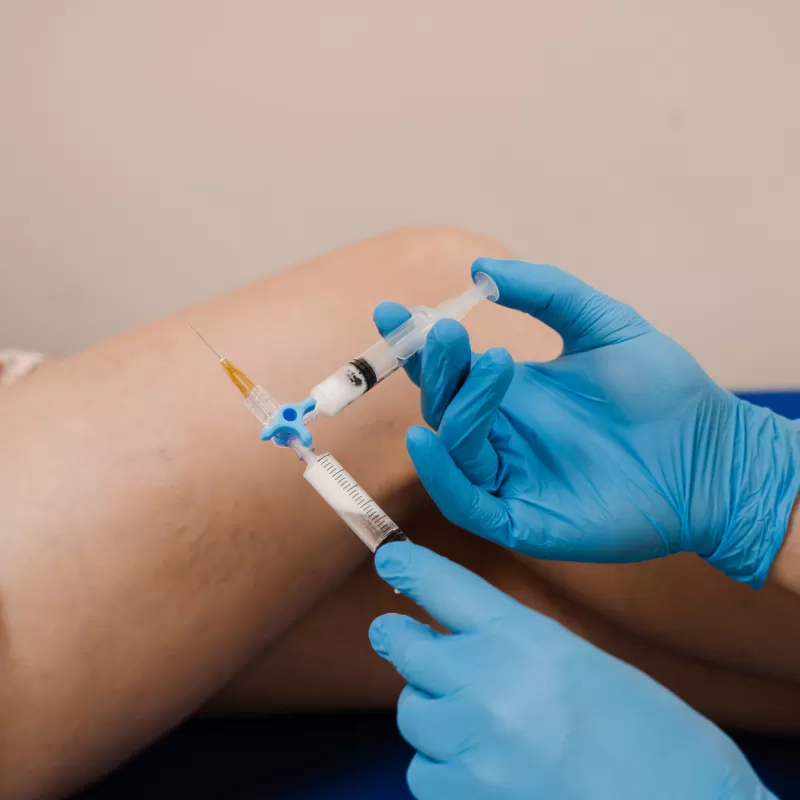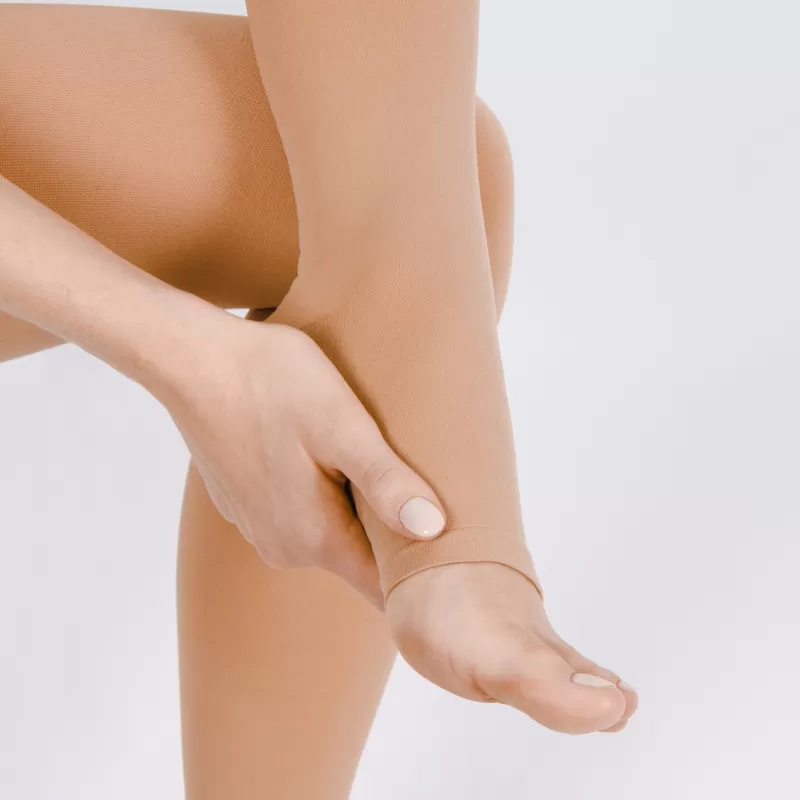DVT (Deep Vein Thrombosis)
DVT (Deep Vein Thrombosis)
DVT (Deep Vein Thrombosis)
Condition
Respond to vein disease with our vein doctor and her team here at Canberra Vein Care by The R Clinic. Let us assess and determine the cause of DVT through a thorough assessment of your deep vein system.
What is DVT?
What is DVT?
Deep Vein Thrombosis or DVT occurs most often in the deep veins of the legs and thighs. It’s a condition defined by blood clots, formed when blood thickens and clumps together. DVT is often connected to long periods of immobilization such as may occur when resting in bed after surgery or during long haul plane flights (economy class syndrome).
Untreated DVT can lead to pulmonary embolism, a serious condition in which the blood clots break, travel through the blood circulation and lodge in the lung, blocking the blood flow. Other complications include PPS or Post-Phlebitis Syndrome, characterized by swelling, skin discoloration and pain in the affected leg.
What causes DVT?
What causes DVT?
Anything that prevents the blood from flowing properly can cause a blood clot. The main causes of deep vein thrombosis are:
Injury to the vein wall such as trauma, or surgery.
A change in the blood flow often caused by varicose veins that can change blood flow from “smooth” to “turbulent”. The blood flow may also become sluggish when people spend a long time bedridden.
When the blood become sticky which can be caused by medical condition such as infection, cancer or use of certain medications (i.e. oral contraceptive pills)
How can we help?
How can we help?
At The R Clinic, our vein doctor, Dr Melanie Sung, offers multiple state-of-art, non-surgical varicose vein treatments tailored to your condition. We offer endovascular thermal ablation (including radiofrequency ablation), medical superglue ablation, micro-sclerotherapy, ultrasound guided sclerotherapy, and compression therapy. By offering an alternative to surgery means drastically reduced wait time for treatment, plus minimal downtime associated with these forms of non-invasive treatments means better recovery and outcomes for our patients.

FAQ
Have further questions or want to learn more?
How is DVT diagnosed?
Your physician will obtain your medical history and will perform an examination to determine if deep vein thrombosis is present. To verify the diagnosis, your physician may also order a duplex ultrasound, which is a noninvasive test that evaluates the deep veins for the presence of clots.
What does Thrombosis (DVT) feel like?
- Swelling of the lower leg or arm (sometimes this happens suddenly)
- Pain and tenderness in the affected leg that can often be felt in the calf area
- Red or discolored skin
- A feeling of warmth in the swollen area
- Pain on extending the foot
- Altered mobility of the leg. If you find that bending the foot or knee causes more pain, it can be a sign of a DVT
How do I know a DVT isn’t simply a pulled muscle?
A pulled calf muscle usually gets better in a day or two. Another sign of a DVT is bluish or reddish skin discoloration, and skin that is warm to touch. These other signs do not usually happen with a pulled muscle.
How is DVT treated?
DVT can be successfully treated in a variety of ways, depending on your condition:
- Blood thinners may be used to reduce your blood’s ability to clot. This type of medication prevents any clots from getting bigger. In more serious and life-threatening situations, clot busters (thrombolytic agents) can be used to help break the clots
- Medical-grade compression stockings are one of the most effective ways to minimise the risk of clots forming, and is particularly effective at treating current clots, especially alongside the use of anti-coagulants. Wearing compression stockings on flights, while driving and while at work (if you stand or sit all day), will help to reduce the risk of clots forming.
- Exercise and Therapy: This is recommended to be done in combination with compression stockings. By exercising regularly, even if it’s just a simple walk, your circulation improves, helping the blood to move properly. Sometimes a doctor will recommend physiotherapy and stretches to help improve circulation and manage any associated pain, as well as reducing the risk of further clots (particularly in people who are overweight)
What are the potential complications of DVT?
- Pulmonary embolism (PE). PE is a potentially life-threatening complication associated with DVT. It occurs when a blood clot (thrombus) in a leg or other body area breaks free and gets stuck in a blood vessel in a lung.
Get immediate medical help if you have symptoms of PE. They include sudden shortness of breath, chest pain while breathing in or coughing, rapid breathing, rapid pulse, feeling faint or fainting, and coughing up blood.
- Post-phlebitic syndrome. Damage to the veins from the blood clot reduces blood flow in the affected areas. Symptoms include leg pain, leg swelling, skin color changes and skin sores.
- Treatment complications. Blood thinners are often used to treat DVT. Bleeding (hemorrhage) is a worrisome side effect of blood thinners. It’s important to have regular blood tests while taking blood-thinning drugs.
What are the risks for DVT?
Many things can increase the risk of developing deep vein thrombosis (DVT). The more risk factors you have, the greater your risk of DVT. Risk factors for DVT include:
- Age. Being older than 60 increases the risk of DVT. But DVT can occur at any age.
- Lack of movement. When the legs don’t move for a long time, the calf muscles don’t squeeze (contract). Muscle contractions help blood flow. Sitting for a long time, such as when driving or flying, increases the risk of DVT. So does long-term bed rest, which may result from a lengthy hospital stay or a medical condition such as paralysis.
- Injury or surgery. Injury to the veins or surgery can increase the risk of blood clots.
- Pregnancy. Pregnancy increases the pressure in the veins in the pelvis and legs. The risk of blood clots from pregnancy can continue for up to six weeks after a baby is born.
- Birth control pills (oral contraceptives) or hormone replacement therapy. Both can increase the blood’s ability to clot.
- Being overweight or obese. Being overweight increases the pressure in the veins in the pelvis and legs.
- Smoking. Smoking affects how blood flows and clots, which can increase the risk of DVT.
- Cancer. Some cancers increase substances in the blood that cause the blood to clot. Some types of cancer treatment also increase the risk of blood clots.
- Genetics. Some people have DNA changes that cause the blood to clot more easily. One example is factor V Leiden. This inherited disorder changes one of the clotting factors in the blood. An inherited disorder on its own might not cause blood clots unless combined with other risk factors.
Sometimes, a blood clot in a vein can occur with no identifiable risk factor. This is called an unprovoked VTE.
What are the symptoms of pulmonary embolism?
- Sudden shortness of breath or fast breathing
- A cough that produces bloody sputum or pink foamy mucus
- Fever or excessive sweating
- Clammy often accompanied by feeling of anxiety
- Sudden lightheadedness, dizziness, or fainting
- Rapid or irregular heartbeat
- Sharp chest pain gets worse when you cough breathe deeply, bend over or stoop, and doesn’t go away when you rest

